Heat Transfer: The Science Behind Temperature Control
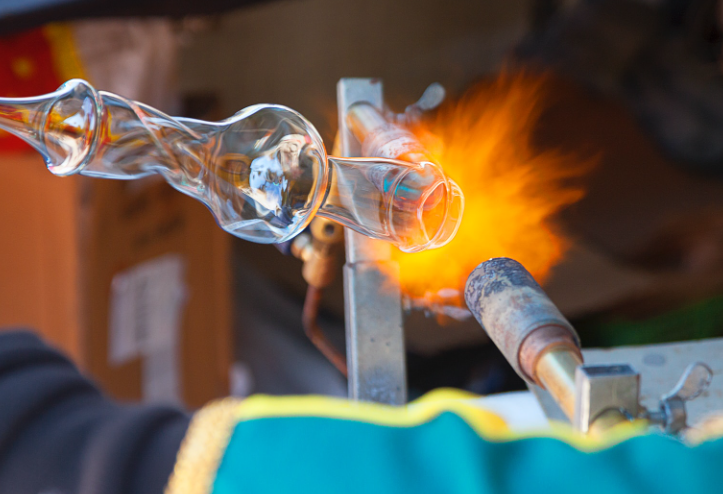
What is heat transfer? It is the thermal transfer or heat transmission to the physical phenomenon that consists of the transfer of heat energy from one medium to another. This occurs when two systems that are at different temperatures come into contact, allowing the flow of energy from the point of higher temperature to the point of lower temperature, until a thermal equilibrium is reached, in which the temperatures are equalized.
The process of heat transfer (cannot be stopped although it can be slowed down, using barriers and insulators, but whenever there is a difference in heat in the universe, the heat will tend to be transferred through the available media. Depending on them, said transfer may occur in three ways: conduction, convection and radiation.
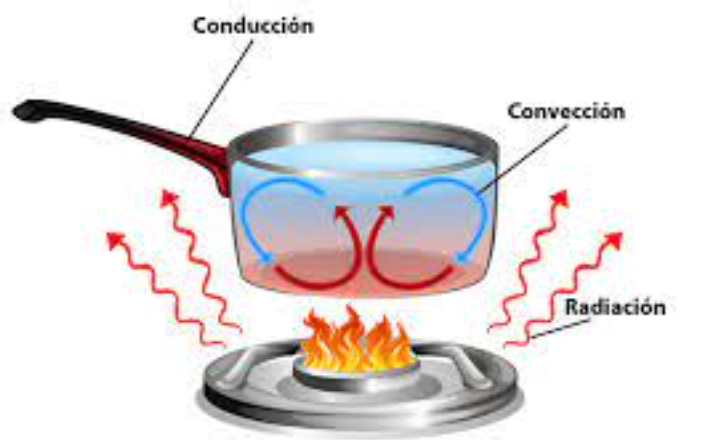
Conduction: Heat conduction is usually used for cooking food. Heat transfer is called conduction through direct contact of the particles of one material with those of another, without transferring matter between the bodies. It occurs in all states of aggregation: solid, liquid or gas, although convection is usually preferred in the latter two.
A simple example can be seen in an electric stove: the burner heats up due to the effect of electrical resistances and this heat is transferred by conduction to the pan that we place on it and, in turn, the pan will do the same with the food that we cook.
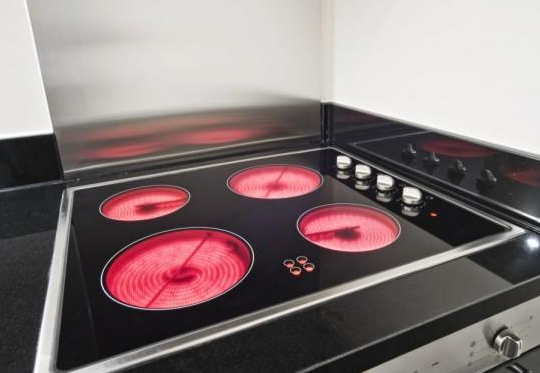

Convection: If two liquids are mixed, the one with the higher temperature transfers heat to the other. Convection is similar to conduction, except that it occurs in cases where a fluid receives heat and moves to transmit it within a space where it is contained. Convection is the transport of heat through the movement of a fluid, whether gaseous or liquid.
An example of this occurs when we heat water in a container, the heat transferred by conduction from the container to the liquid will heat the portions that are in direct contact with it, which will rise and force other cold portions of the liquid to take their place, thus heating the water uniformly.
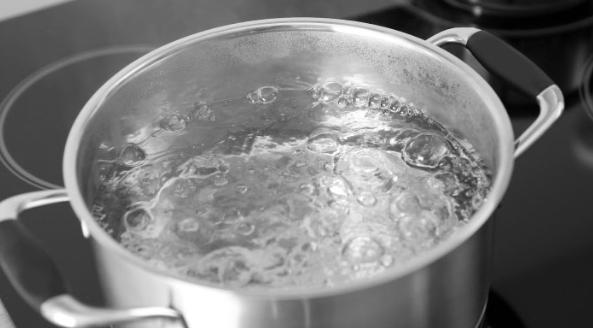
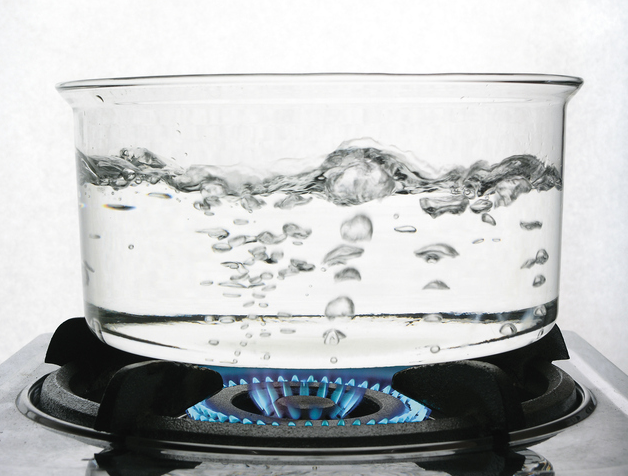
Radiation: The last type of heat transfer is also the only one that can occur in the absence of contact and, therefore, also in a physical medium, that is, in a vacuum. This is because its origin is in the thermal movement of charged particles of matter, which triggers the emission of electromagnetic particles, i.e. thermal radiation, the intensity of which depends on its temperature and the wavelength of the radiation considered.
Every day we observe the best example of thermal radiation: the Sun. Despite being 149.6 million kilometers from our planet, the Sun’s temperature is so high that it radiates enormous amounts of light and heat into space.
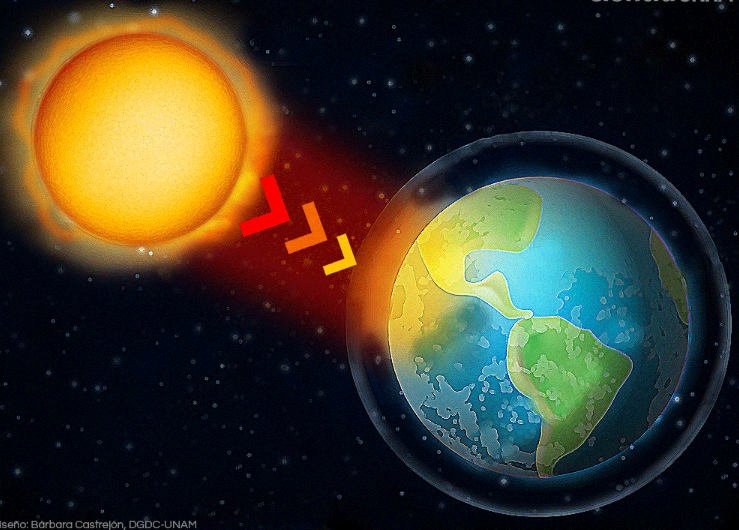

Let’s look at the following experiment together!
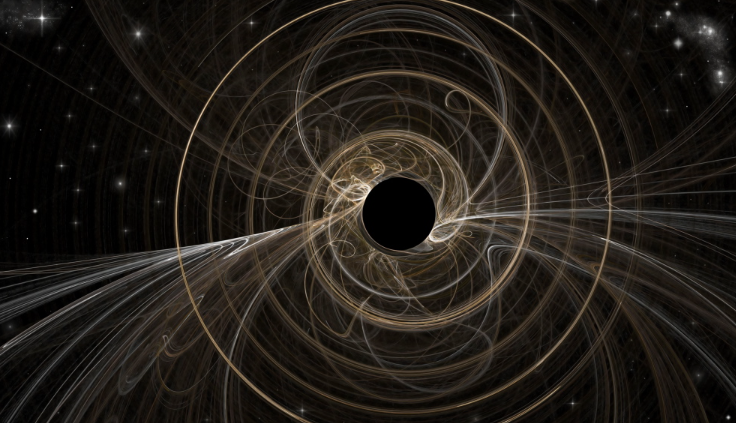




Responses